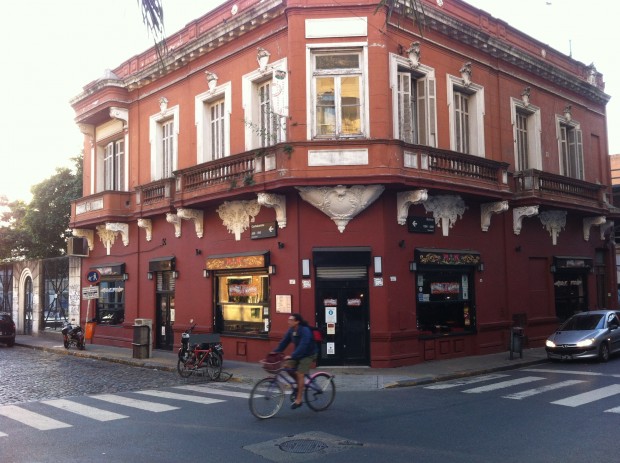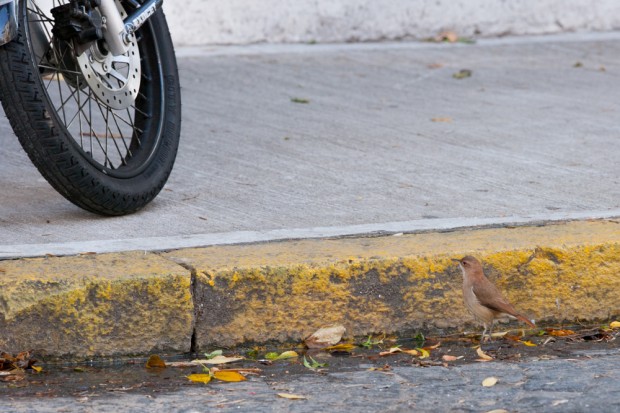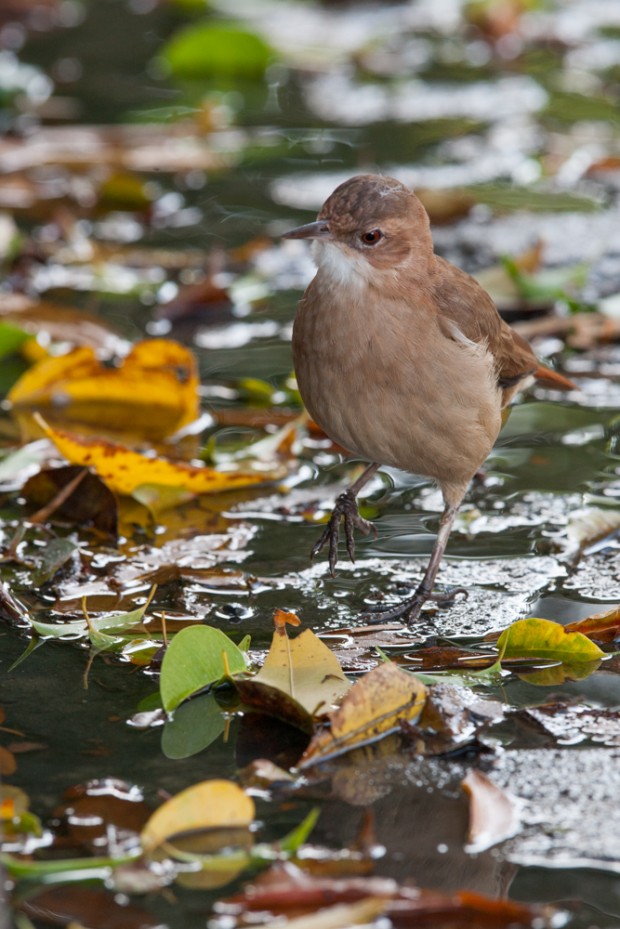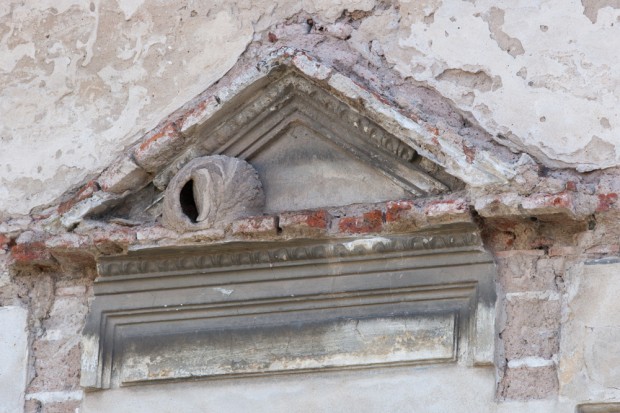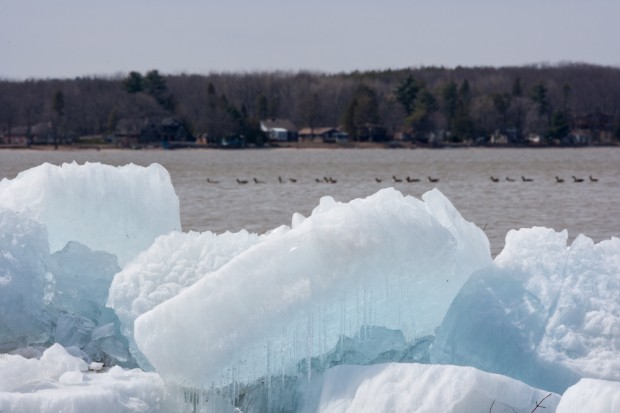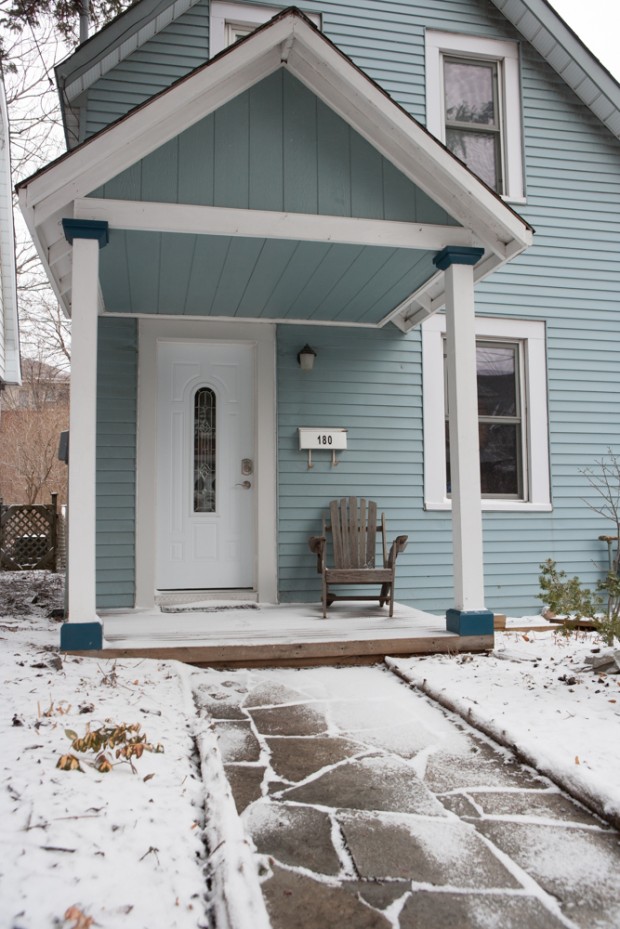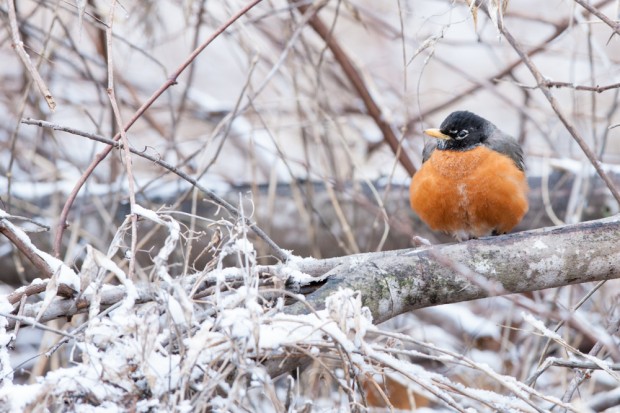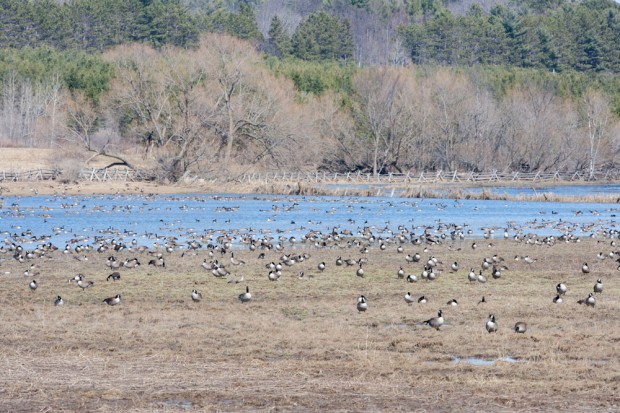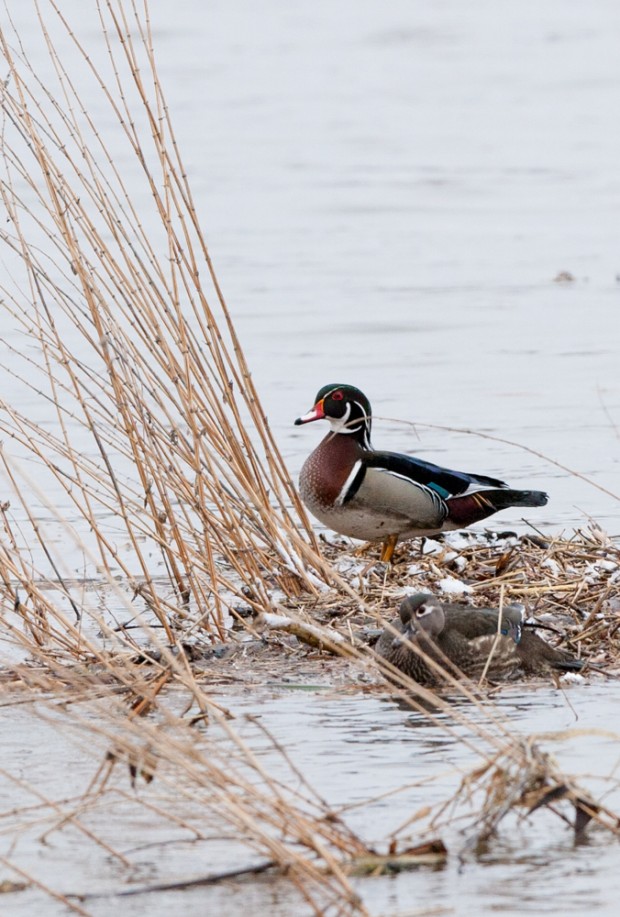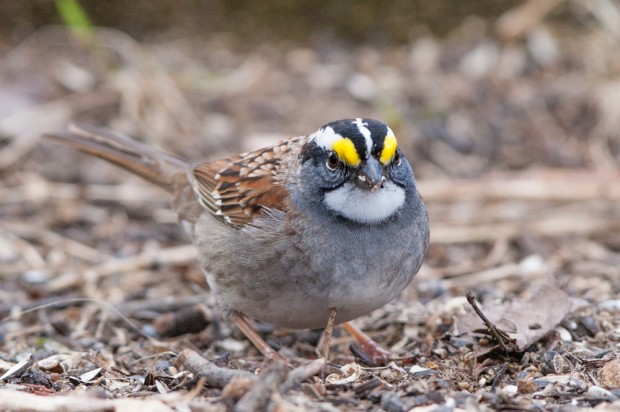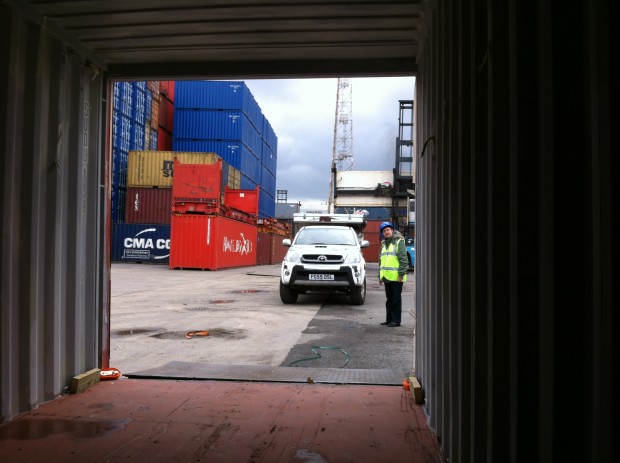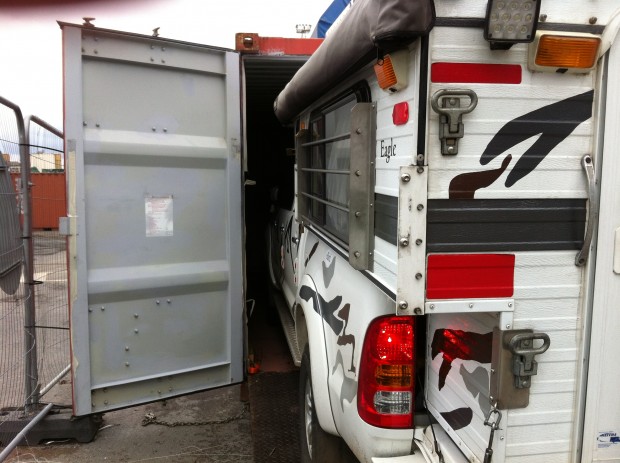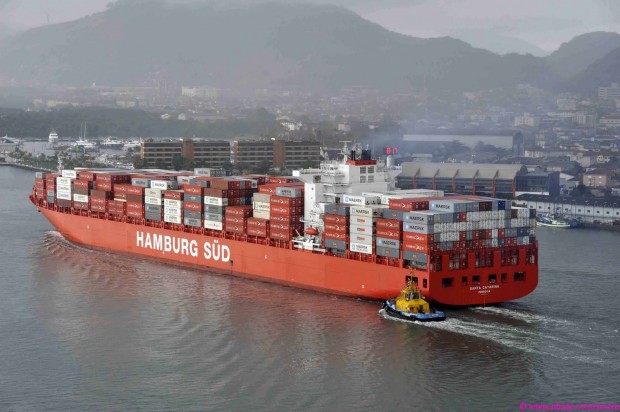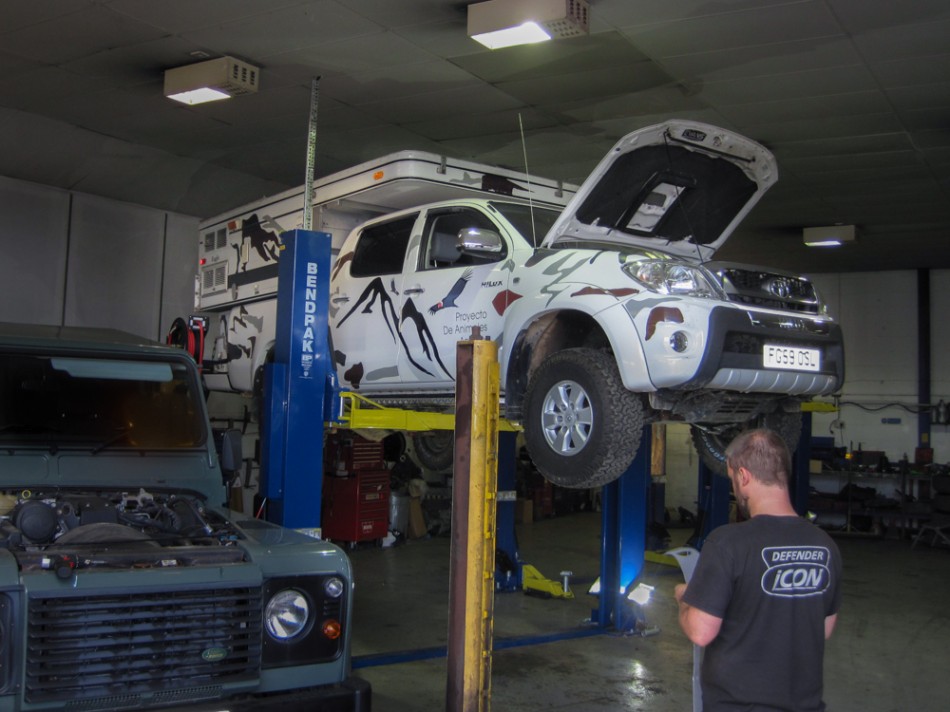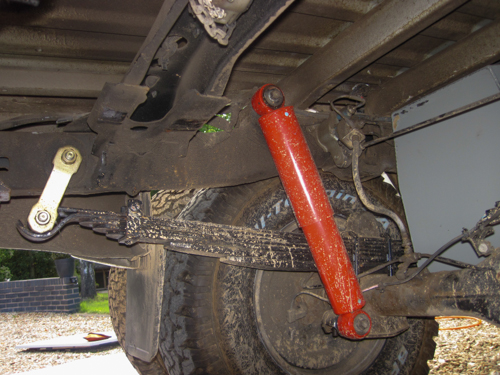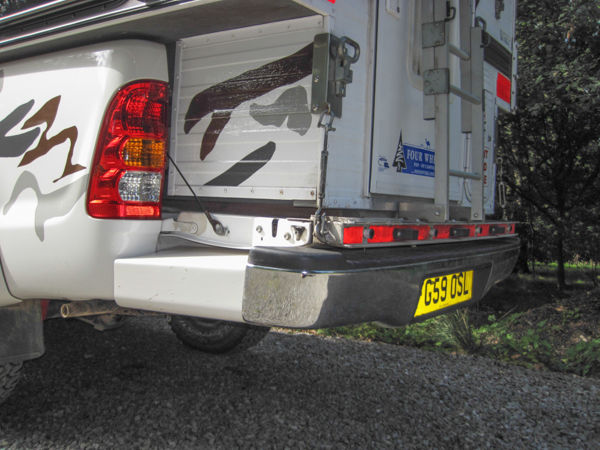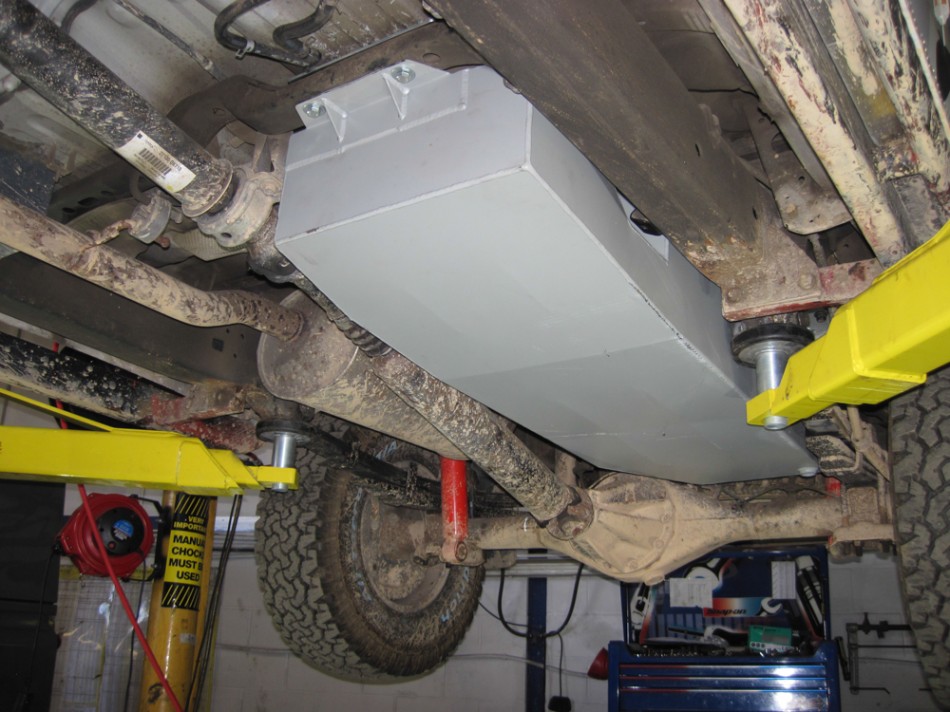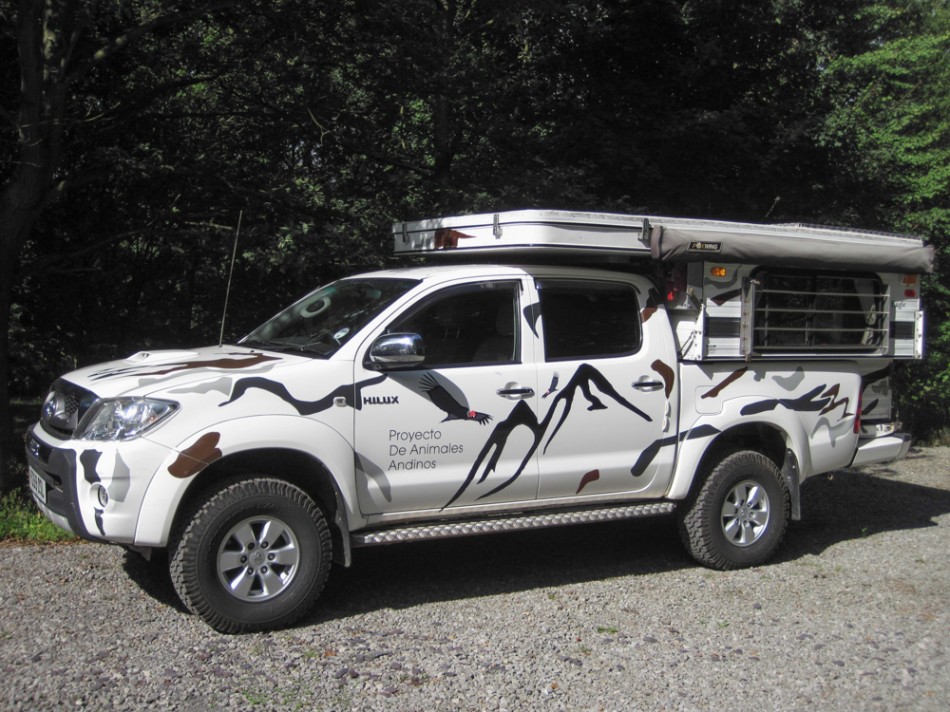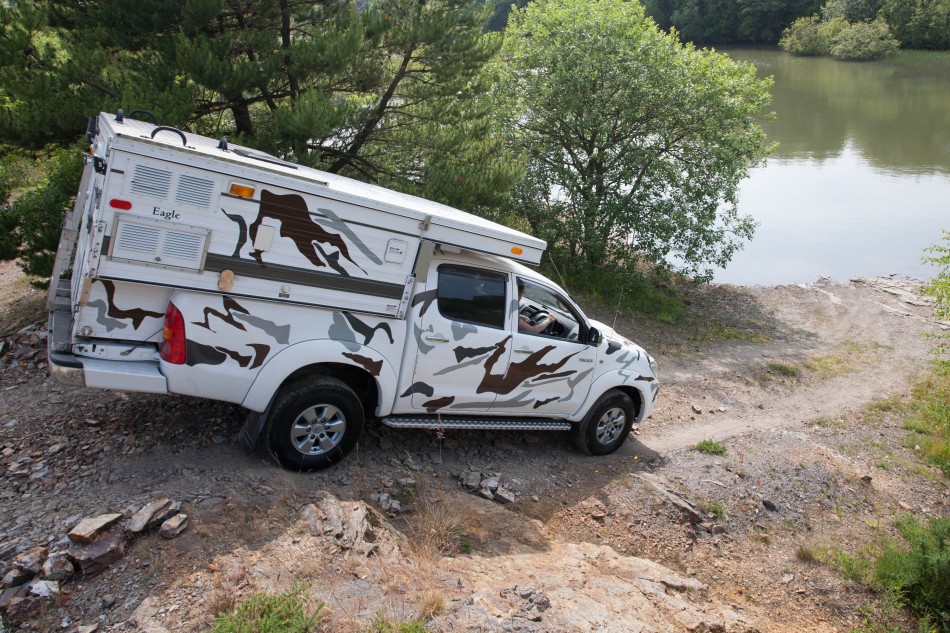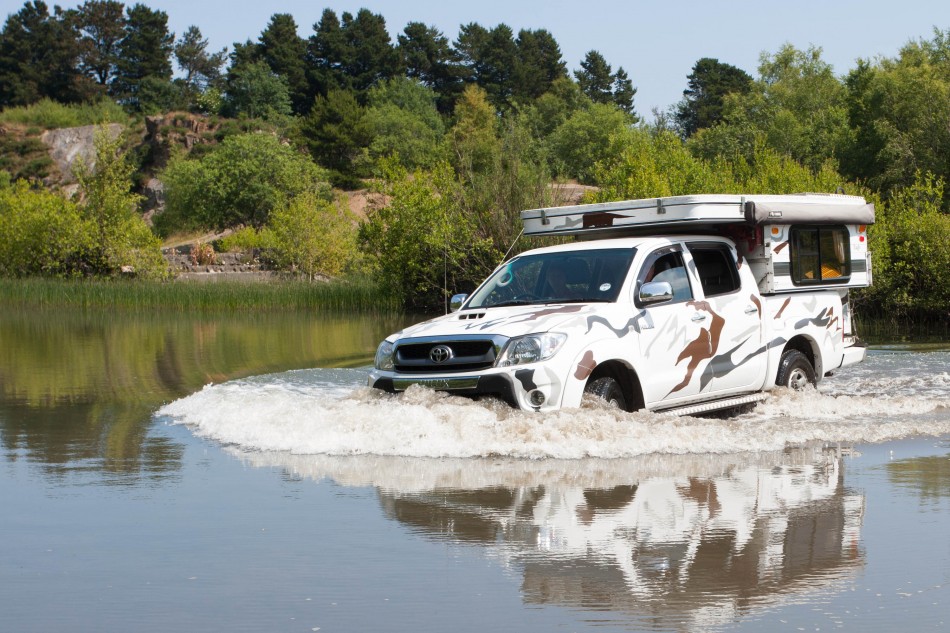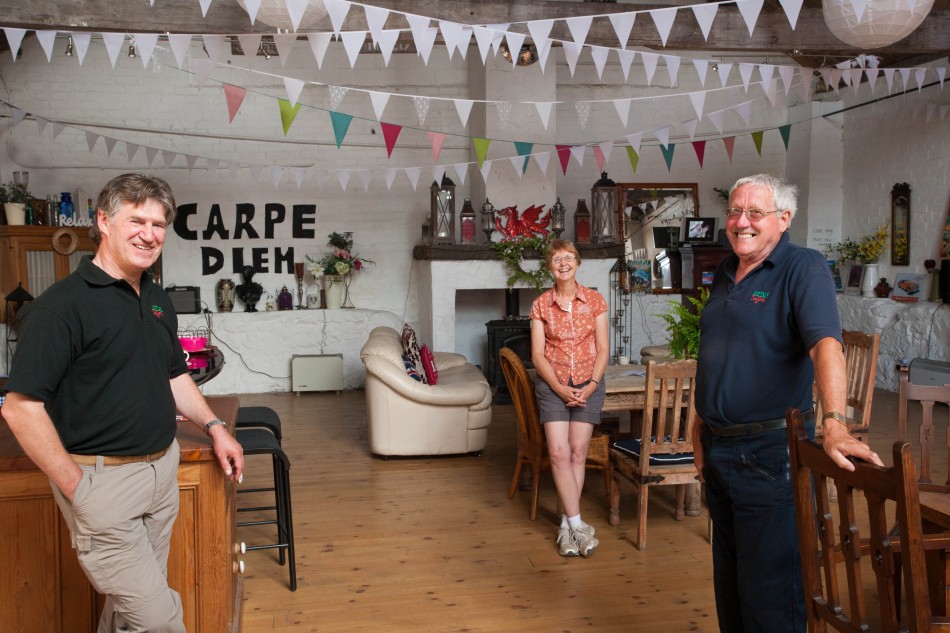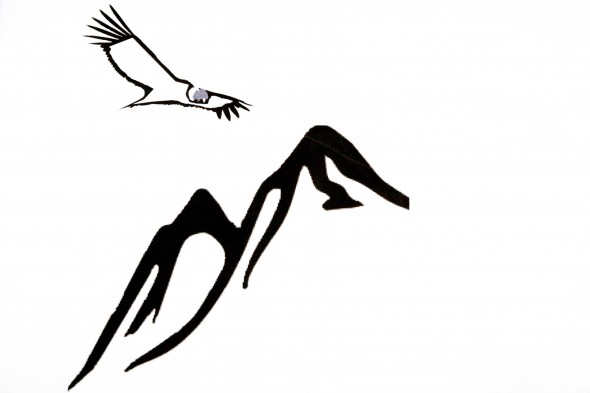Buenos Aires and a great national bird.
Arrived in Buenos Aires. At last The Andean Wildlife Project in underway for real. We stayed in the district of San Telmo, a rather old fashioned, dusty but chic part of the otherwise ‘striving to be modern’ capital of Argentina. Cobbled streets were lined with buildings dating back to the 1920s, whose faded beauty lay in their tall wooden doors and shuttered windows faced with ornate wrought iron grills and balconies. An area with a few pavement cafes, half hidden panaderias selling gorgeous and sumptuous cakes and shoe repair shops. The latter no doubt because walking the streets was positively dangerous due to the crazy state of the pavements. At regular intervals slabs had been ripped out leaving great holes, repairs were unguarded and that was compounded by the heaps of dog poo which were scattered at regular intervals along the chequered slabs as if it was some local game of street ‘poo-chess’.
San Telmo was pleasantly quiet, full of families going about their daily chores and the people we met were extremely friendly. We stayed at the Mundo Bolivar apartments and cafe on the corner of Bolivar street, where on Wednesday nights in a deep cellar locals dance the Tango on a wonderful wooden floor worn smooth with the shuffling of feet.
Cobbled streets close to the Mundo Bolivar were lined with jacaranda trees and the leaves and seeds from these were starting to fill the gutters and tiny cracks between the smooth cobbles, havens for insects and so a sought after food supply by a small brown bird that we saw commonly only in the San Telmo district. So ordinary is this dun coloured bird scurrying amid the detritus of the old and tired city streets, that it must go completely unnoticed by most passers by, however this gentle animal is the Rufous Hornero, an important bird and our first in South America.
The great South American continent has within it a third of all the birds of the world, the biggest, the brightest and most prolific, so for the first bird on our great journey into this continent to be the Rufous Hornero, would be to some a disappointment, not to us, for like so many things in life, its ordinary and insignificant appearance belies its fascinating behaviour and cultural importance and bestowed upon it the title, not only of National and revered bird of Argentina, but Paraguay and Uruguay as well !
Close up, the Rufous Hornero has the appearance of any city gent, smart, upright and proudly moving about with delicate and purposeful movements. There were a pair of Honereos in Bolivar street, working together, like Dickensian pick-pockets, to flush out insects and locate seeds in the cracks and crevices of the cobbles and the autumnal leaves the gutter. They seemed efficient, not surprisingly as these birds are strictly monogamous and mate for life, one of the enduring features that lend themselves to people. Another feature is their amazing ability to construct a home, a little like the mud huts of Inca antiquity. Their nest will be within the winding and secure interior of the mud walls which the birds will jointly defend with vigour and along Bolivar street we found the home of ‘our pair’ beautifully positioned high up on the stucco façade of a building.
Much more about the birds of Argentina can be found by contacting Aves Argentinas.


